Why Lung Health Matters: An Introduction
Breathing is something most of us don’t think about. From the moment we’re born, our lungs work tirelessly, drawing in oxygen and expelling carbon dioxide — about 20,000 times a day. Yet, despite being central to life, lung health is often overlooked until something goes wrong.In this article, we’ll explore why our lungs are so vital, how they can be affected by disease and lifestyle, and what steps everyone can take to protect them. Whether you’ve never had breathing issues or you live with a chronic respiratory condition, understanding lung health is the first step towards safeguarding it.
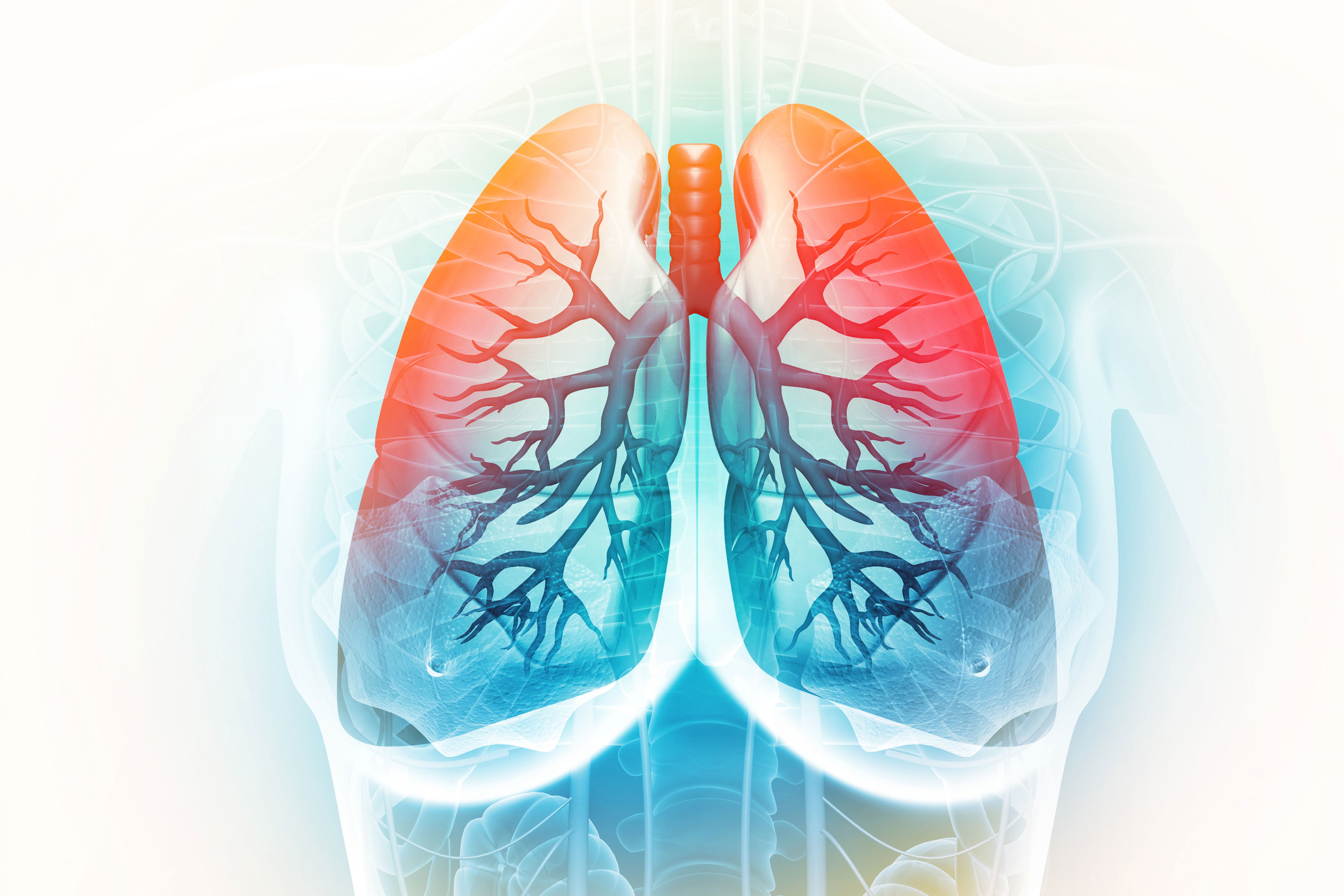
The Marvel of the Lungs
The lungs are extraordinary organs. Together, they contain around 480 million tiny air sacs (alveoli), which give them a surface area roughly the size of a tennis court. Every time we inhale, these sacs transfer oxygen into our blood; every time we exhale, they remove waste gases.
Your lungs are not only air pumps. They also:
- Help regulate the body’s pH balance.
- Filter out small blood clots and airborne particles.
- Support speech and even immune defence.
It’s no exaggeration to say: if your lungs don’t function well, no part of your body does.
The Global Burden of Lung Disease
Respiratory diseases are among the leading causes of death and disability worldwide. Some key statistics:
- Asthma affects more than 260 million people globally.
- Chronic Obstructive Pulmonary Disease (COPD) causes about 3 million deaths every year.
- Lung cancer remains the most common cause of cancer death worldwide.
- Seasonal infections like influenza continue to strain health services annually.
Beyond the human toll, lung diseases result in billions of pounds in lost productivity and healthcare costs. Yet many are preventable or manageable if caught early.
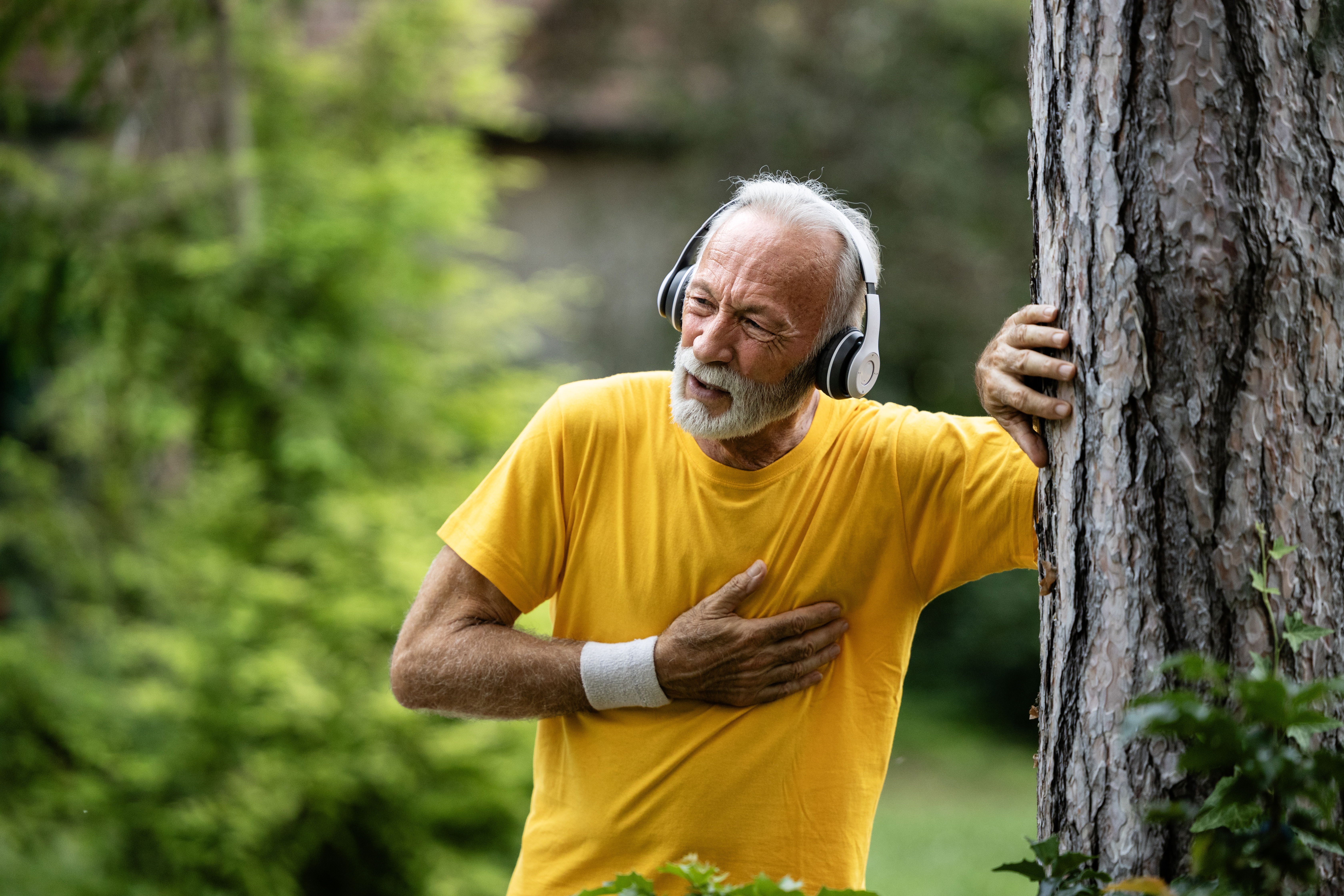
Everyday Threats to Lung Health
Many people assume serious lung problems only happen to smokers. While smoking is the single biggest risk factor, it’s far from the only one.
Smoking and Vaping
Cigarette smoke damages airways and alveoli, paving the way for COPD and lung cancer. Vaping is newer, and while it may expose users to fewer toxins than smoking, evidence is growing that it can still irritate the lungs and may not be risk-free.
Air Pollution
Both outdoor (traffic fumes, industrial emissions) and indoor (wood burners, cooking smoke, mould) pollution affect breathing. Children, older adults, and those with existing conditions are most vulnerable.
Occupational Exposures
Jobs involving dust (construction, mining), chemicals (cleaning products, spray paints), or fumes (welding) can increase long-term risk of lung disease.
Lifestyle Factors
Lack of physical activity, poor diet, and obesity can reduce lung efficiency and worsen breathlessness.
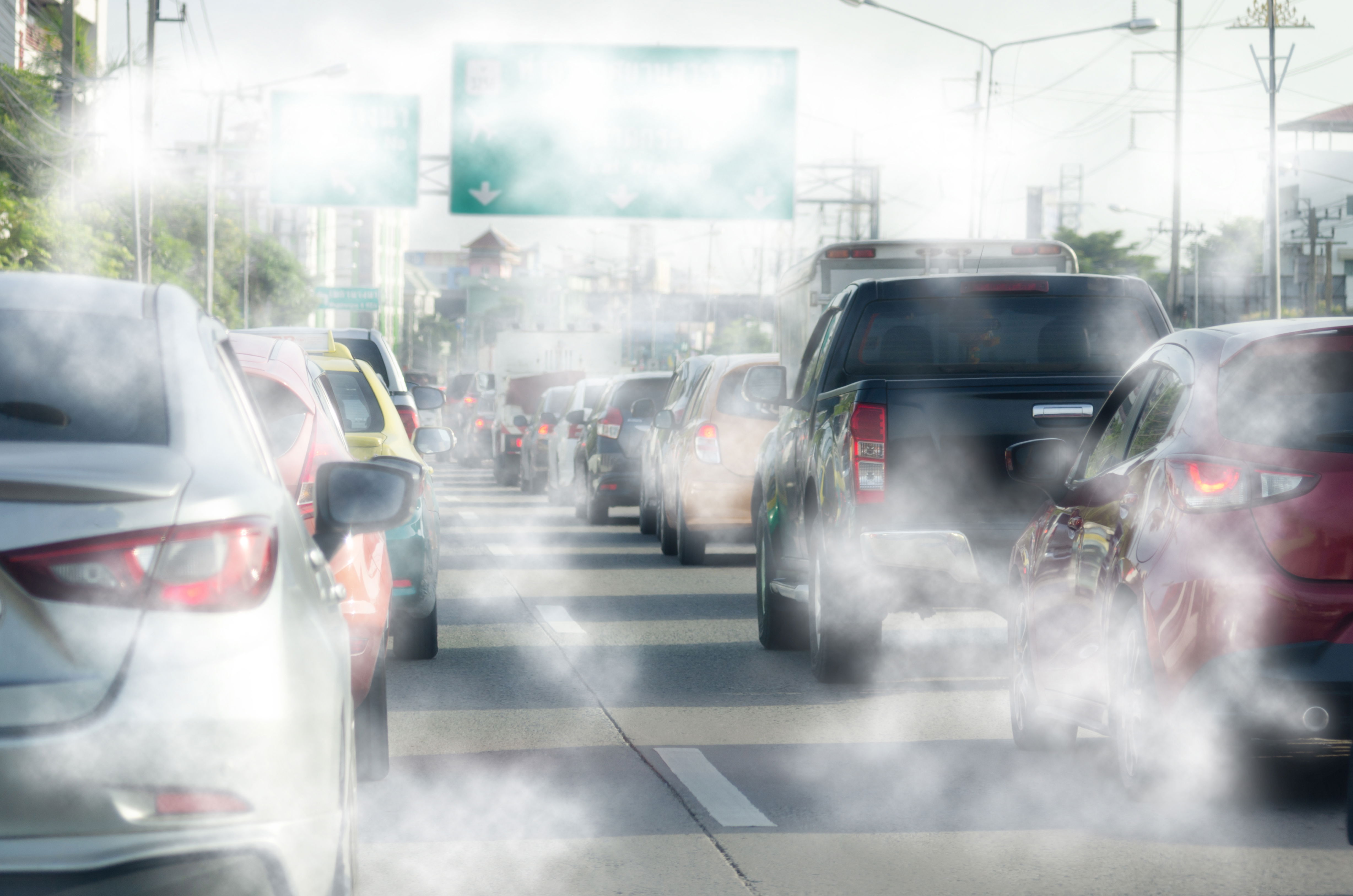
Common Lung Conditions Everyone Should Know:
Asthma
A condition where the airways are overly sensitive and narrow in response to triggers (dust, pollen, infections, exercise). It causes wheeze, cough, and breathlessness. With correct treatment — usually inhalers — most people live full, active lives.
COPD (chronic obstructive pulmonary disease/ Emphysema)
Usually linked to smoking, COPD causes progressive narrowing of the airways. Symptoms include chronic cough and breathlessness. Early diagnosis and treatment (inhalers, rehab, smoking cessation) can slow its course. More on COPD...
Lung Infections
From the common cold to pneumonia, infections can temporarily or permanently harm lung tissue. Vaccination, hand hygiene, and avoiding sick contacts are crucial in prevention. More on Lung Infections....
Lung Cancer
The most deadly cancer worldwide. While smoking is the main cause, non-smokers can develop it too. Persistent cough, coughing up blood, and unexplained weight loss should never be ignored. More on Lung cancer..
Sleep Apnoea
Often overlooked, this condition causes pauses in breathing during sleep. It can lead to daytime tiredness and increase risk of heart disease. More on Sleep Apnea...
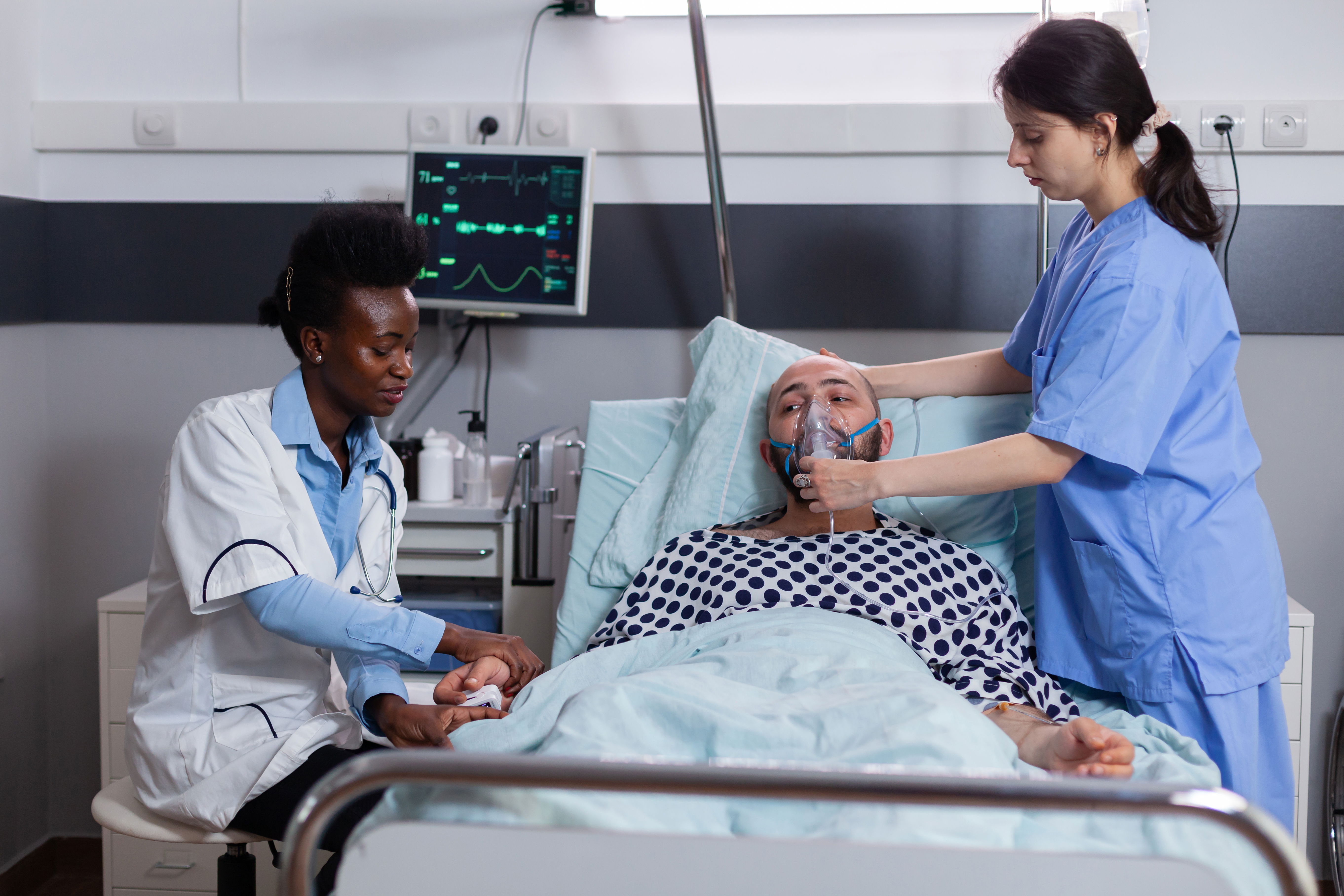
Warning Signs You Shouldn’t Ignore
Many people dismiss early symptoms of lung disease as “just getting older” or “a smoker’s cough.” But early action saves lives.
Seek medical advice if you notice:
- Shortness of breath on routine activity
- A persistent cough (lasting more than 3 weeks)
- Wheezing or noisy breathing
- Coughing up blood
- Unexplained fatigue or chest pain
How to Protect Your Lungs
The good news is: there’s a lot you can do to keep your lungs healthy.
Quit Smoking
Stopping at any age has immediate and long-term benefits. Within weeks, lung function improves; within years, risk of disease drops dramatically.
Stay Vaccinated
Annual flu shots, COVID-19 boosters, and pneumonia vaccines (if eligible) all reduce the risk of serious infections.
Improve Indoor Air Quality
Ventilate your home, reduce mould, avoid excessive use of wood-burning stoves, and use extractor fans while cooking.
Exercise Regularly
Walking, swimming, cycling — any aerobic activity strengthens your lungs and heart. Even 30 minutes a day makes a difference.
Eat for Lung Health
Diets rich in fruit, vegetables, whole grains, and omega-3 fatty acids can support overall lung and immune function.
Know Your Environment
Monitor air quality alerts in your area and limit outdoor activity when pollution is high.

Lung Health Across the Lifespan
Children: Protect from second-hand smoke and indoor pollution; monitor asthma carefully.
Adults: Stay alert to workplace exposures; prioritise exercise and smoking cessation.
Older people: Lung capacity naturally declines; vaccinations and early care for infections are vital.
The Future of Lung Health
Science is moving fast. Advances like smart inhalers, targeted biologic treatments, and AI-based monitoring are transforming care. Public health campaigns continue to drive down smoking rates and raise awareness about air pollution.
But technology alone isn’t enough. Awareness, prevention, and self-care remain the pillars of healthier lungs worldwide.
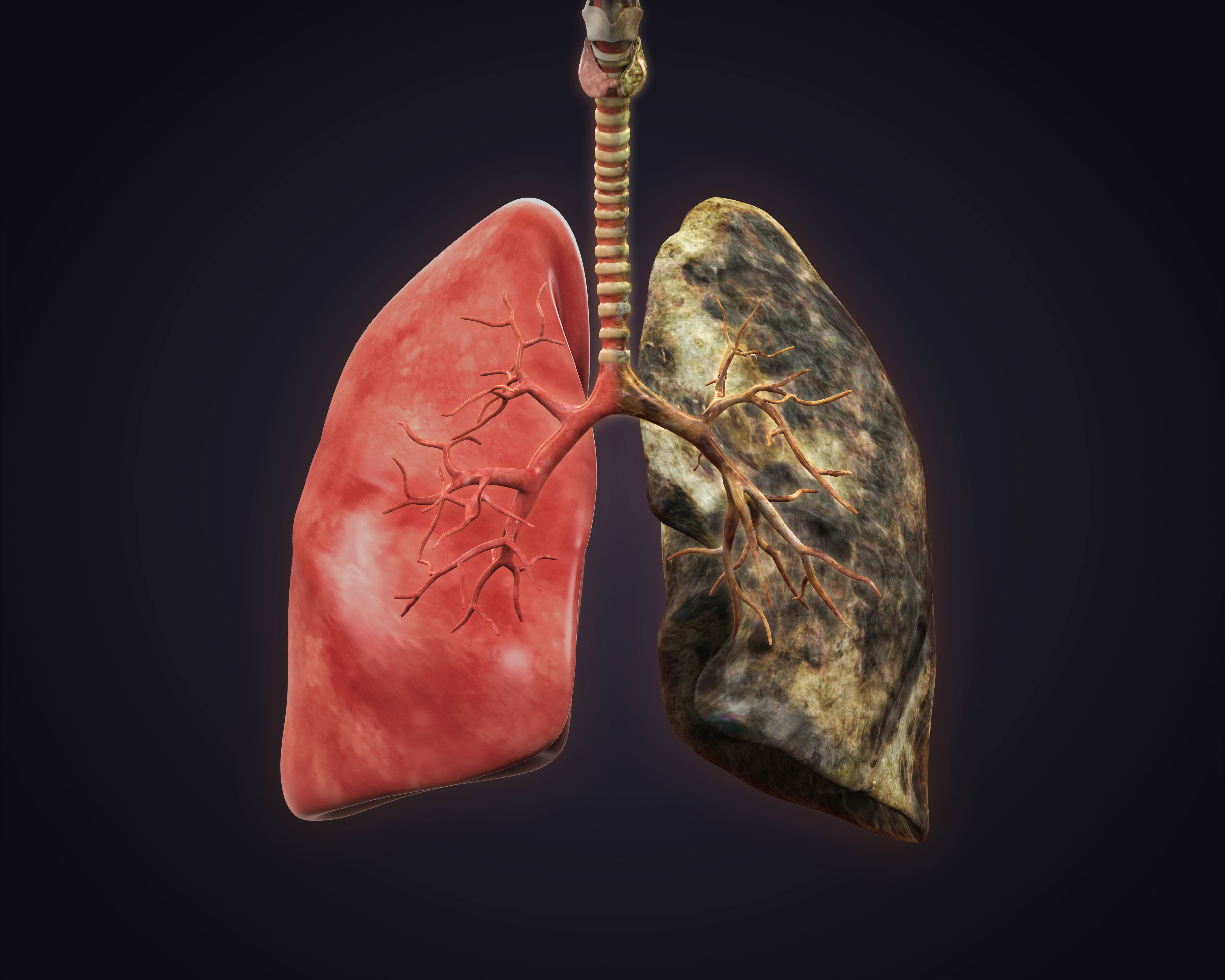
Key Takeaways
- Your lungs are remarkable, life-sustaining organs that deserve attention.
- Respiratory diseases are common but often preventable or manageable.
- Smoking, pollution, and infections are the biggest threats to lung health.
- Simple daily steps — quitting smoking, exercising, improving air quality, and staying vaccinated — can make a big difference.
- Pay attention to warning signs and seek help early.

Final Word
Most of us only think about our lungs when they struggle. But every breath is a reminder of their importance. Protecting your lungs is protecting your future health. By taking small, practical steps today, you can breathe easier tomorrow. I will be publishing a weekly blog article about the lungs and their diseases; those articles will start off covering broad topics, and in time, they will become more specialised and offer more in-depth information about a specific topic.
